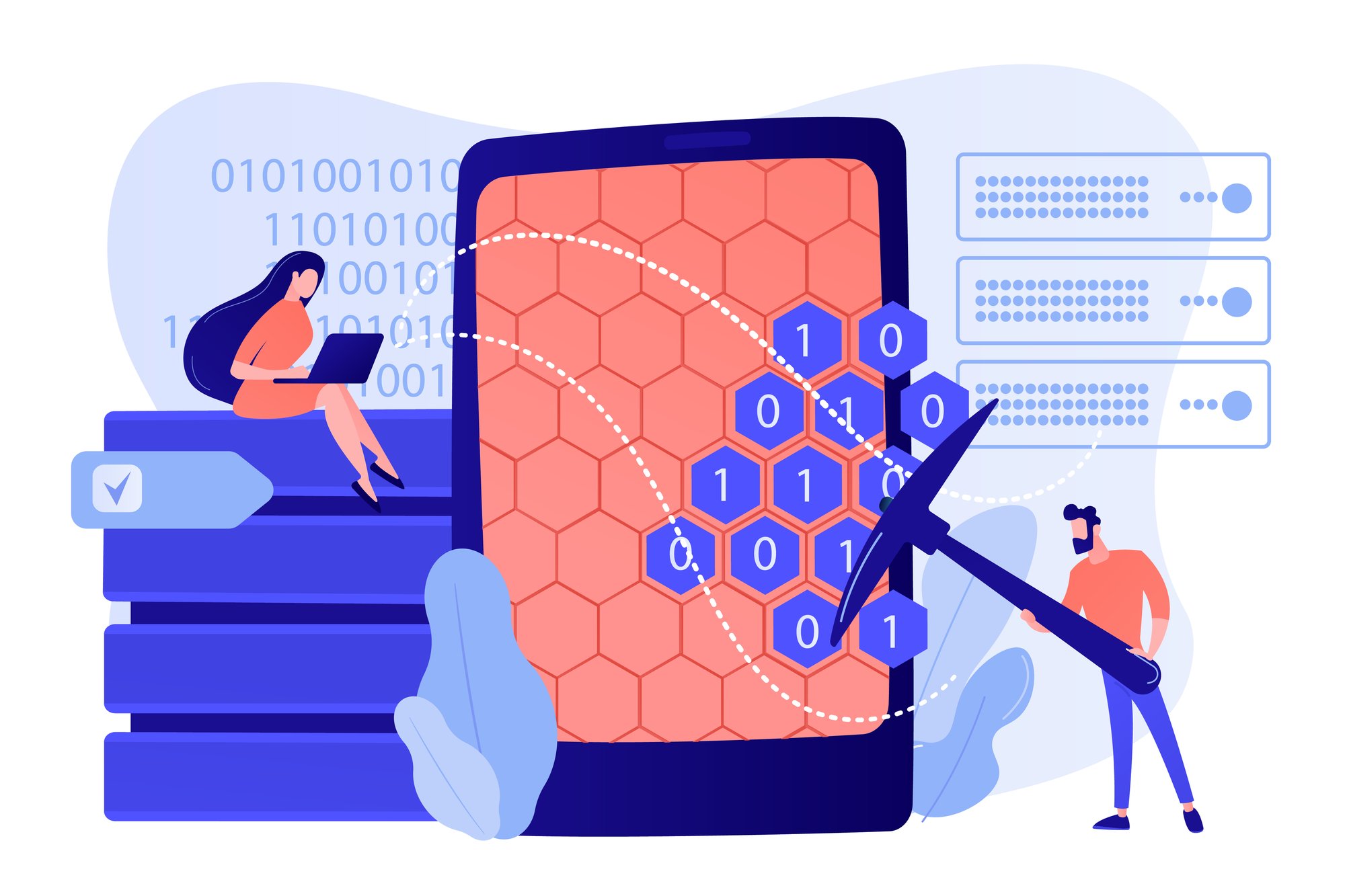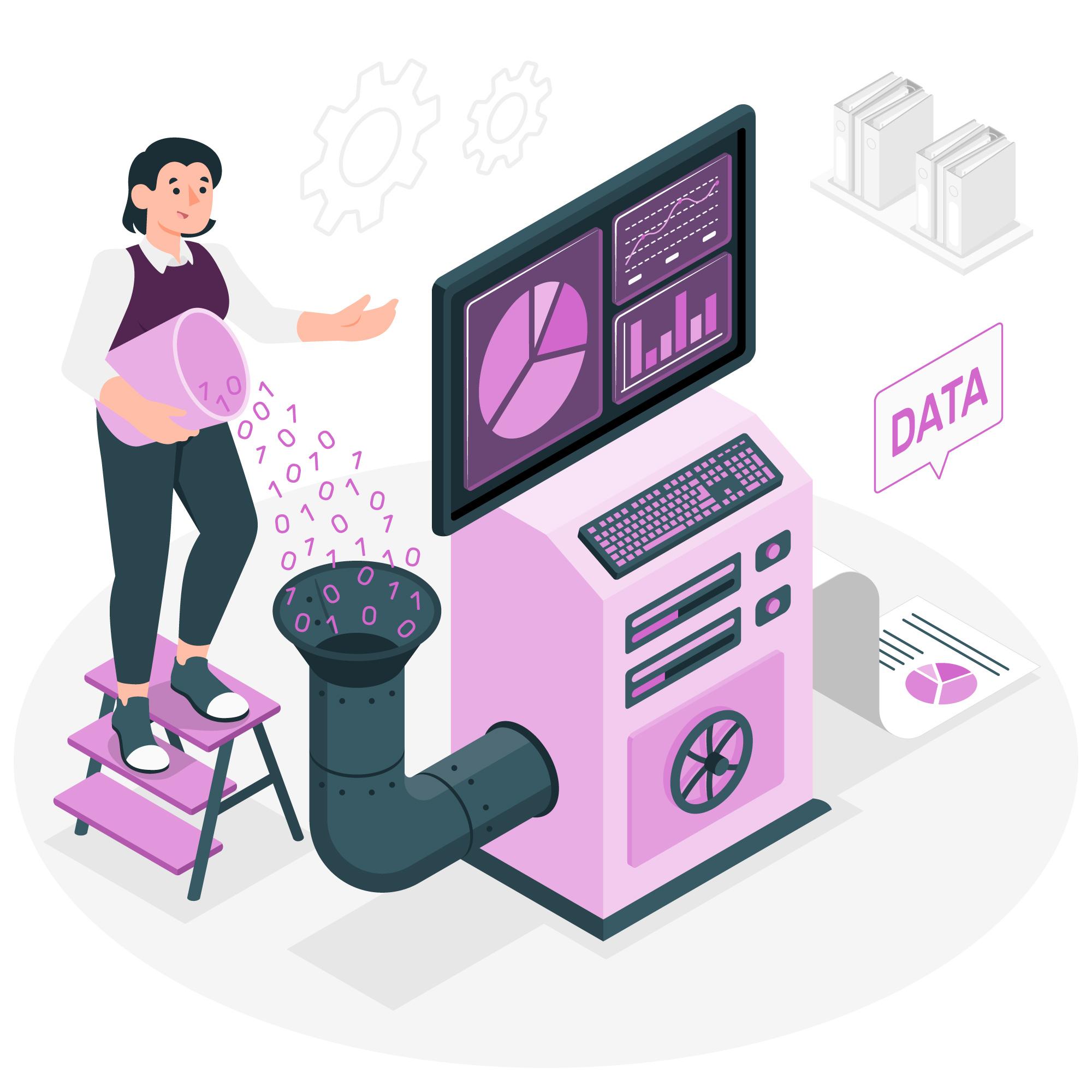AI Solutions

Sentiment Analysis
Sentiment analysis is the analysis of text to determine the emotional tone as positive, negative, or neutral. Most companies generate large volumes of text data from emails, customer support chat transcripts, social media comments, and reviews.
Sentiment analysis, helps companies make real-time decisions to improve their products and services.
So why would you want to use Sentiment Analysis?
- Customer & employee feedback and experience management
- Market research and competitive analysis
- Brand monitoring and reputation management
- Customer support optimisation
- Product development and innovation
All of this and more, and at a scale that would be normally unachievable by a single person or team.
Data Cleansing
Data transformation and cleaning is one of the most time-consuming tasks for most businesses with a significant potential for things to go wrong. By utilising AI and ML, we can automate the process of cleaning data and transforming it into a format that is specifically suited for your business requirements (for reporting, analysing etc.).
- Outlier or error detection
- Duplicate removal
- Predictive filling of missing values
- Data validation and quality assessment
- Smart data transformation
DataSpark can empower your business to focus on the high-value tasks of analysing valuable insights from your data rather than spending valuable time doing manual data cleansing and transformation.


Predictive Analysis
Through regression analysis, AI can provide predictive insights into the relationship between multiple variables or inputs. In its most simple form, using one piece of data to predict another.
Some examples of this are
- Sales forecasting
- Future product or service demand
- Risk assessment
- Marketing effectiveness and ROI
- Predictive maintenance or impending fault prediction
Categorisation and Segmentation
Categorisation also known as classification involves assigning items and data points or instances into pre-defined categories. The goal is to identify which pre-defined category a new observation belongs to based on its characteristics or features.
- Ticket classification
- Lead scoring
- Fraud detection
- Patient diagnosis
Segmentation refers to dividing data into groups based on shared characteristics without prior knowledge of the group's definitions. The aim is to discover the data's inherent or hidden structures and patterns, grouping similar items.
- Customer segmentation
- Risk management
- Supply chain optimisation
- Sales territory segmentation

Sound interesting?
If you'd like to speak with an expert member of our team on how you can start using AI in your business, fill out the form to the right and we'll be in touch!

